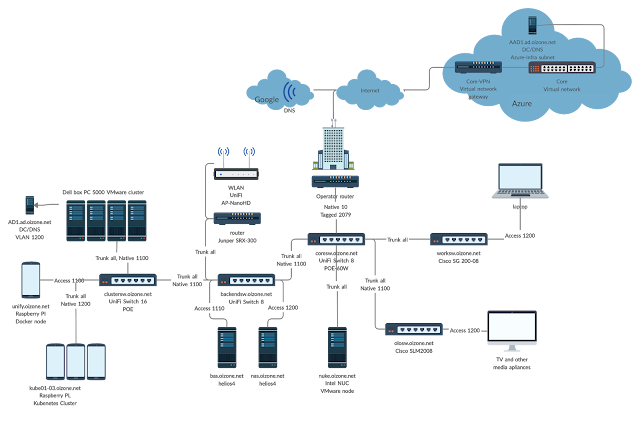Why is three nines better than four in cloud availability?

In building our TietoEVRY Hybrid IaaS on VMware solution, there's been a lot discussions also about availability SLAs. We're changing quite many things also in this area, so wanted to take bit deeper look into this. What's different and how to make best use out of the new model. To look into the topic, let's first dive into few key contexts related to availability. Availability zone Availability zone is single physical location, essentially a data center, which is then sub divided into one or more failure domains. On IaaS scope, availability zone is the maximum scope for any high availability. Any resiliency actions going across availability zones, are always disaster recovery and are expected to be disruptive by default. Meaning RTO greater than zero. Failure domain From facility perspective failure domains are separate fireproof sections, which are expected to limit local failures in power, cooling or fire. From cloud perspective, they're they're clusters. E...
